Home>Furniture & Design>Outdoor Furniture>What Is The Difference Between Regular Bleach And Outdoor Bleach?
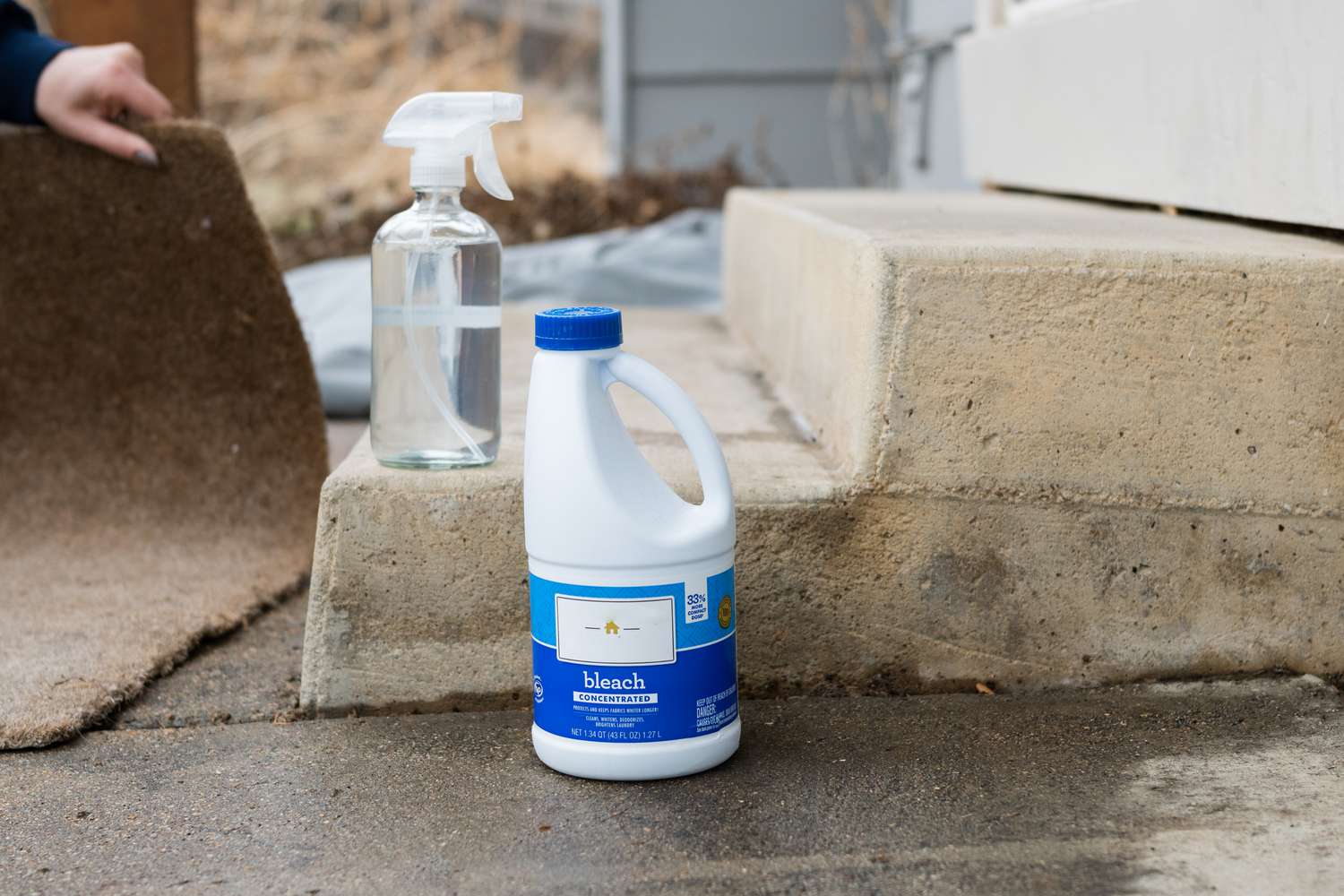

Outdoor Furniture
What Is The Difference Between Regular Bleach And Outdoor Bleach?
Modified: May 6, 2024
Discover the dissimilarities between regular and outdoor bleach to keep your outdoor furniture and design looking fresh and clean. Learn how to choose the right bleach for your outdoor needs.
(Many of the links in this article redirect to a specific reviewed product. Your purchase of these products through affiliate links helps to generate commission for Storables.com, at no extra cost. Learn more)
Introduction
Introduction
When it comes to maintaining a pristine outdoor living space, the right cleaning products can make all the difference. Regular bleach and outdoor bleach are two common household items that serve distinct purposes. Understanding the differences between them is essential for effectively tackling outdoor cleaning tasks while ensuring the safety of both the users and the environment. In this article, we will delve into the composition, strength, application, safety precautions, and environmental impact of regular bleach and outdoor bleach, shedding light on the unique properties and best practices associated with each. Whether you're a seasoned outdoor-furniture aficionado or a newcomer to the world of outdoor maintenance, this comprehensive guide will equip you with the knowledge needed to make informed decisions and achieve outstanding results in your outdoor cleaning endeavors.
Composition and Strength
Key Takeaways:
- Choose regular bleach for indoor cleaning and laundry, and outdoor bleach for tough outdoor stains. Follow safety precautions and explore eco-friendly alternatives to minimize environmental impact.
- Understanding the differences between regular and outdoor bleach is essential for effective cleaning. Adhere to usage guidelines and disposal practices for safe and sustainable cleaning.
Composition and Strength
Regular bleach, often referred to as household bleach or laundry bleach, is typically a sodium hypochlorite solution with a concentration ranging from 3% to 6%. This versatile cleaning agent is widely used for whitening fabrics, removing stains, and disinfecting various indoor surfaces. On the other hand, outdoor bleach, commonly known as concentrated or industrial bleach, contains a higher concentration of sodium hypochlorite, usually around 10% to 12%. This increased potency makes outdoor bleach more suitable for tackling tough outdoor stains, mold, mildew, and algae on surfaces like concrete, wood, vinyl, and plastic furniture.
While both types of bleach share the same active ingredient, the disparity in concentration directly impacts their effectiveness and potential risks. The higher concentration of sodium hypochlorite in outdoor bleach equips it to combat stubborn outdoor grime and biological growth more efficiently than regular bleach. However, this elevated strength also necessitates greater caution during handling and application to prevent damage to surfaces and ensure user safety.
Application and Usage
Application and Usage
Regular bleach is primarily designed for indoor use and is an indispensable tool for laundry, general cleaning, and disinfection of household surfaces. It is suitable for whitening white fabrics, removing stains from countertops and tiles, and disinfecting bathrooms and kitchens. When using regular bleach, it is crucial to follow the manufacturer’s instructions, dilute it appropriately, and ensure proper ventilation to minimize the risk of inhaling harmful fumes.
Outdoor bleach, with its higher concentration, is tailored for outdoor applications and is adept at revitalizing outdoor spaces. From reviving weathered patio furniture and decks to eliminating mold and mildew on outdoor surfaces, this potent solution is a go-to choice for outdoor maintenance. Prior to using outdoor bleach, it is essential to carefully read the instructions, conduct a spot test on a small inconspicuous area, and take necessary precautions to shield nearby plants and vegetation from potential harm. Additionally, protective gear such as gloves, goggles, and a mask should be worn to safeguard against skin and respiratory irritation.
Understanding the specific requirements and limitations of each type of bleach is vital for achieving optimal results without compromising safety. Whether you are refreshing your indoor sanctuary with regular bleach or rejuvenating your outdoor oasis with outdoor bleach, adherence to usage guidelines is key to maximizing their efficacy while minimizing potential hazards.
Safety Precautions
Safety Precautions
Both regular bleach and outdoor bleach demand careful handling and strict adherence to safety measures to mitigate potential risks. When using regular bleach indoors, adequate ventilation is crucial to prevent the buildup of noxious fumes. It is imperative to avoid mixing bleach with other cleaning products, especially those containing ammonia, as this can produce toxic chlorine gas. Additionally, protective clothing, including gloves and eye protection, should be worn to shield the skin and eyes from accidental splashes or contact with the undiluted solution.
Outdoor bleach, with its higher concentration, necessitates even greater caution. Prior to application, it is essential to safeguard nearby plants, grass, and delicate outdoor surfaces from potential damage by thoroughly watering them. Care should be taken to avoid oversaturation of the surrounding area during the cleaning process. Moreover, when working with outdoor bleach, it is imperative to wear protective gear, including gloves, goggles, and a mask, to prevent skin and respiratory irritation. In the event of accidental exposure or inhalation, immediate medical attention should be sought.
Both types of bleach should be stored securely, away from children and pets, in a cool, dry area. It is crucial to follow the manufacturer’s guidelines for proper storage and disposal of unused or expired bleach to minimize environmental impact and potential harm to living organisms.
By prioritizing safety and adhering to recommended precautions, users can harness the potent cleaning power of bleach while minimizing the associated risks, ensuring a safe and healthy environment for themselves and those around them.
Environmental Impact
Environmental Impact
The environmental impact of bleach, whether regular or outdoor, warrants careful consideration due to its potential effects on ecosystems and water sources. When regular bleach is used in indoor settings, proper disposal of unused or expired bleach is essential to prevent contamination of waterways and soil. Diluted bleach can be safely disposed of by pouring it down the drain with copious amounts of water, while undiluted bleach should be brought to a hazardous waste facility for proper disposal. Additionally, efforts should be made to minimize the release of bleach-laden wastewater into the environment, especially in areas with sensitive aquatic ecosystems.
Outdoor bleach, with its higher concentration, poses a greater risk to the environment if not used responsibly. When cleaning outdoor surfaces, it is crucial to avoid excessive runoff of the solution into storm drains or natural water bodies. Dilution of the runoff with water and strategic placement of barriers can help prevent the dispersion of concentrated bleach into the environment. Furthermore, consideration should be given to the potential impact on surrounding flora and fauna, and steps should be taken to minimize exposure of plants and wildlife to the cleaning solution.
As environmentally conscious consumers, individuals can explore eco-friendly alternatives to bleach for certain cleaning tasks. For instance, hydrogen peroxide and vinegar are viable substitutes for some applications, offering effective cleaning and disinfecting properties with reduced environmental impact. By making informed choices and adopting sustainable practices, individuals can minimize the ecological footprint associated with their cleaning routines.
Ultimately, mindful usage and responsible disposal of bleach, coupled with the exploration of eco-conscious alternatives, can contribute to the preservation of environmental integrity and the protection of natural habitats.
Conclusion
Conclusion
Regular bleach and outdoor bleach each play distinct roles in the realm of cleaning and maintenance, offering unique benefits and considerations. While regular bleach is a staple for indoor cleaning and laundry tasks, outdoor bleach steps up to the challenge of revitalizing outdoor spaces and combating stubborn outdoor grime. Understanding the composition, strength, application, safety precautions, and environmental impact of these cleaning agents is paramount for harnessing their potential while safeguarding personal well-being and environmental integrity.
By recognizing the specific uses and limitations of regular and outdoor bleach, individuals can make informed decisions when selecting the most suitable product for their cleaning needs. Diligent adherence to usage instructions, coupled with stringent safety measures, ensures that the potent cleaning power of bleach can be harnessed effectively and responsibly. Furthermore, mindful disposal practices and exploration of eco-friendly alternatives contribute to sustainable cleaning practices that minimize environmental impact.
Whether brightening whites in the laundry room with regular bleach or rejuvenating outdoor furniture with outdoor bleach, users are empowered to achieve remarkable results while upholding safety and environmental stewardship. Through informed decision-making and conscientious usage, the transformative potential of bleach can be realized without compromising the well-being of individuals or the planet.
As we navigate the realm of outdoor cleaning and maintenance, the distinctive qualities of regular and outdoor bleach serve as valuable allies, enabling us to preserve the allure of our living spaces while embracing sustainable and responsible cleaning practices.
Curious about extending the life of your home essentials? Our latest guide on maximizing the lifespan of cleaning products offers smart, practical tips for resourceful homeowners. Similarly, if you're battling stubborn marks on household surfaces, our detailed walkthrough on effective stain removal from toilet seats provides clear, straightforward solutions. Both articles promise to enhance your home maintenance routine, making chores less of a hassle and more of a breeze.
Frequently Asked Questions about What Is The Difference Between Regular Bleach And Outdoor Bleach?
Was this page helpful?
At Storables.com, we guarantee accurate and reliable information. Our content, validated by Expert Board Contributors, is crafted following stringent Editorial Policies. We're committed to providing you with well-researched, expert-backed insights for all your informational needs.
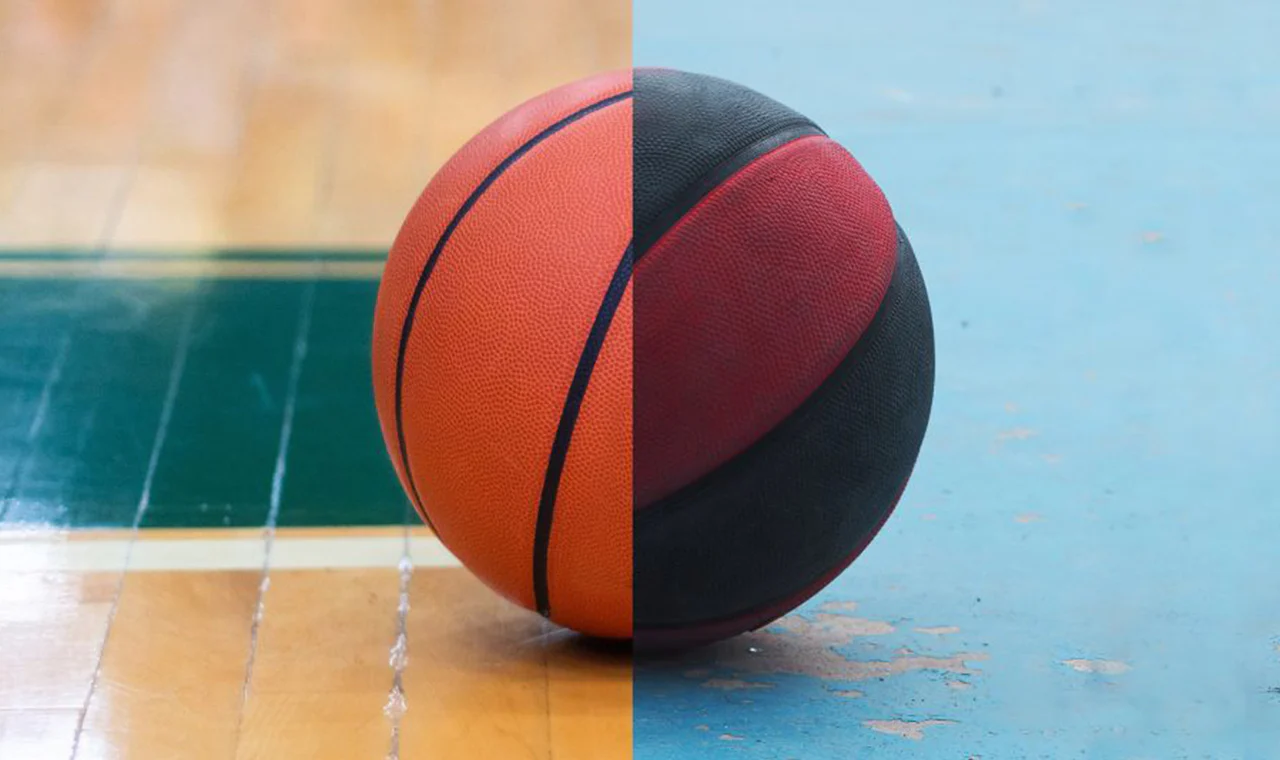
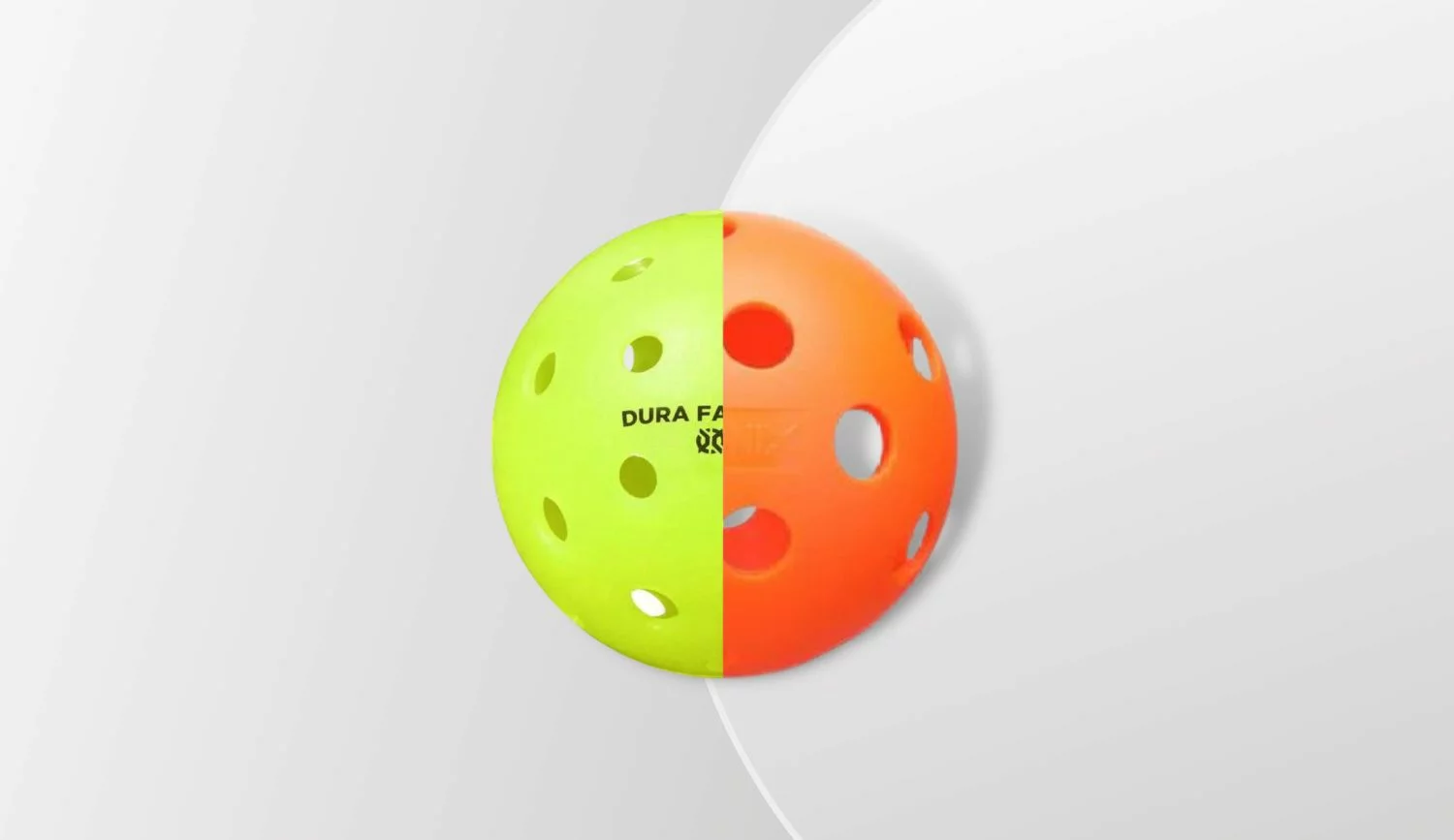

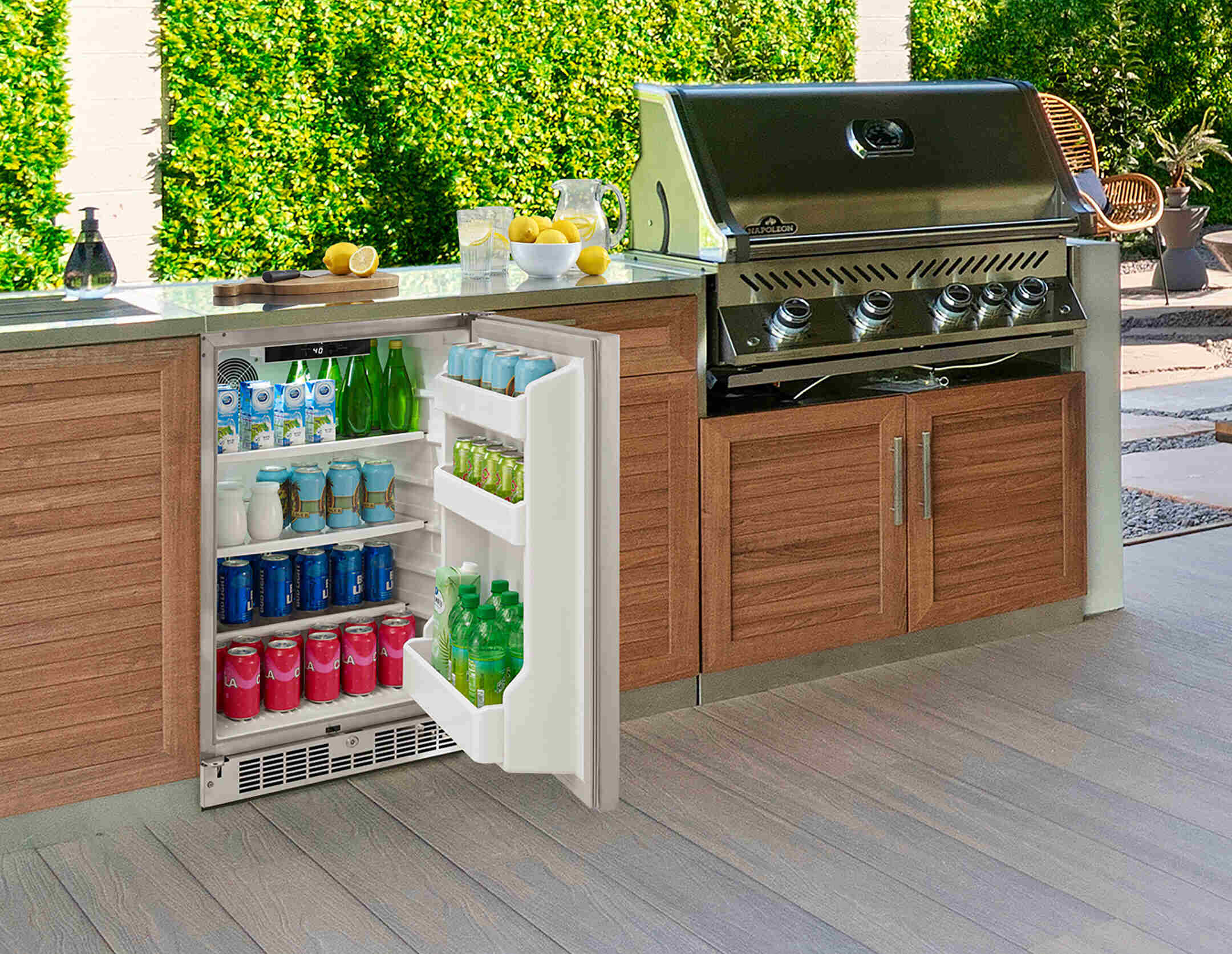




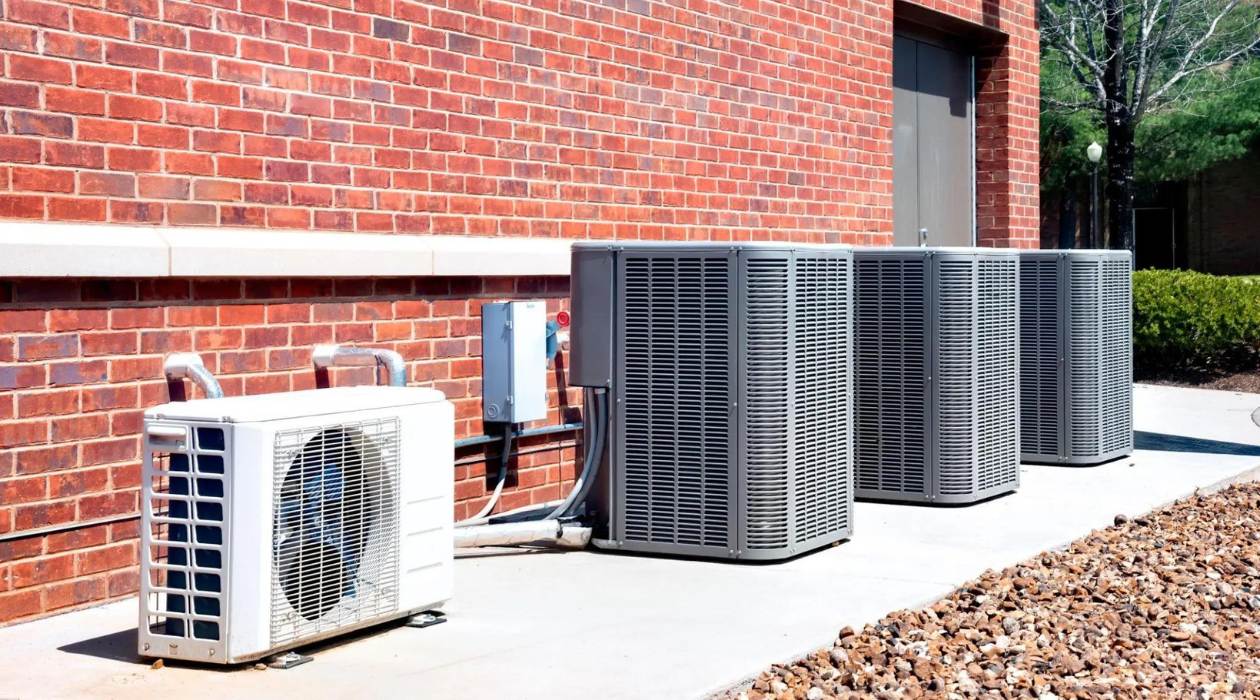
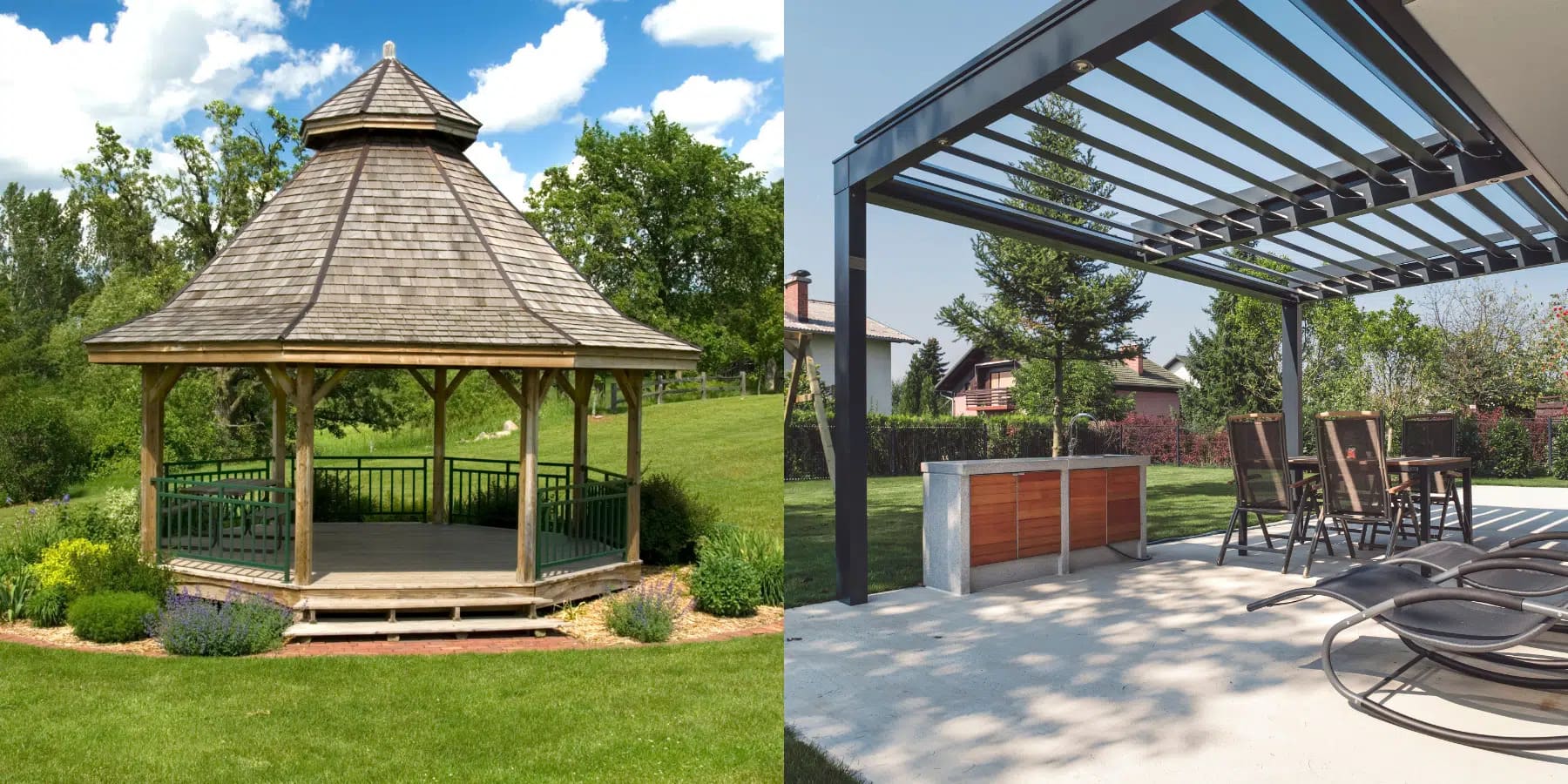




0 thoughts on “What Is The Difference Between Regular Bleach And Outdoor Bleach?”